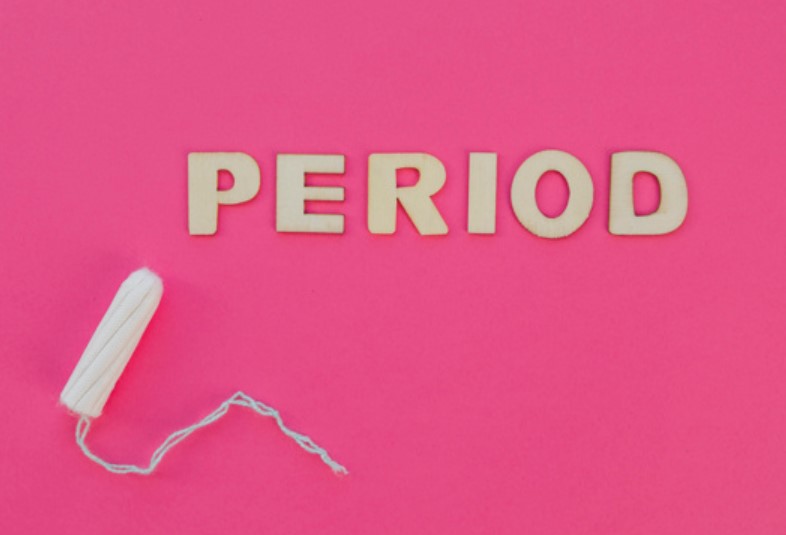What is menstrual cycle?
Menstruation (period) is characterized by the outflow of blood, secretions and damaged mucosa of the endometrium through the vagina cyclically, once a month. The interval between the first day of a cycle and the first day of the next cycle has an average 28-day duration. The length of the menstrual cycle varies from woman to woman, but the average is to have periods every 28 days. Regular cycles that are longer or shorter than this, from 21 to 40 days, are normal.
What happens during the menstrual cycle?
During the menstrual cycle, various functional changes occur under the effect of specific hormones. The endometrium (lining of the womb) consists of two layers (or layers): the basic layer which is attached to the wall of the endometrial cavity and the functional layer is located above the basic layer. The functional layer is the one that changes during the circle and shortly before the period starts, is thickened and rich in vessels and nutrients.
The drop in hormone levels at the end of the previous cycle results towards the gradual detachment of the functional layer. In women with a 28-day cycle, the detachment of the functional layer is usually completed within the first 5 days of the cycle. On the sixth day of the cycle, the lining of the womb is only covered by the basic layer.
Following the apoptosis of the functional layer of the endometrium, there is an an increase in the secretion of specific hormones from the brain region, called the hypothalamus. This results in the production of hormones from the ovaries, which in turn act on the endometrium and cause the development of the functional endometrial layer; the latter is enriched in nutrients and vessels.
Gradually, around the 7th day of the cycle, the rising levels of the hormone oestrogen cause the egg to mature inside a fluid filled sac (follicle) in one of the ovaries. The follicle increases in size until the 14th day, when it releases the egg (ovulation). The released egg enters the fallopian tubes and starts moving towards the endometrial cavity. The fertilisation occurs within the fallopian tube at the end of the second week of pregnancy, and subsequently moves moves to the vascularised and enriched with nutrients endometrial cavity where it gets implanted.
In the second half of the cycle, the hormone progesterone helps the womb to prepare of a developing embryo. The fertilisation of the egg from the sperm occurs in the fallopian tubes at the end of the second week of pregnancy. Thereafter, the fertilised egg is moving to the endometrial cavity, which is very rich in nutrients and vessels and is ready for the implantation of the fetus.
If pregnancy does not occur, the egg is reasorbed into the body. Both oestrogen and progesterone levels fall, and the womb lining comes away and leaves the body as a period (the menstrual flow).




